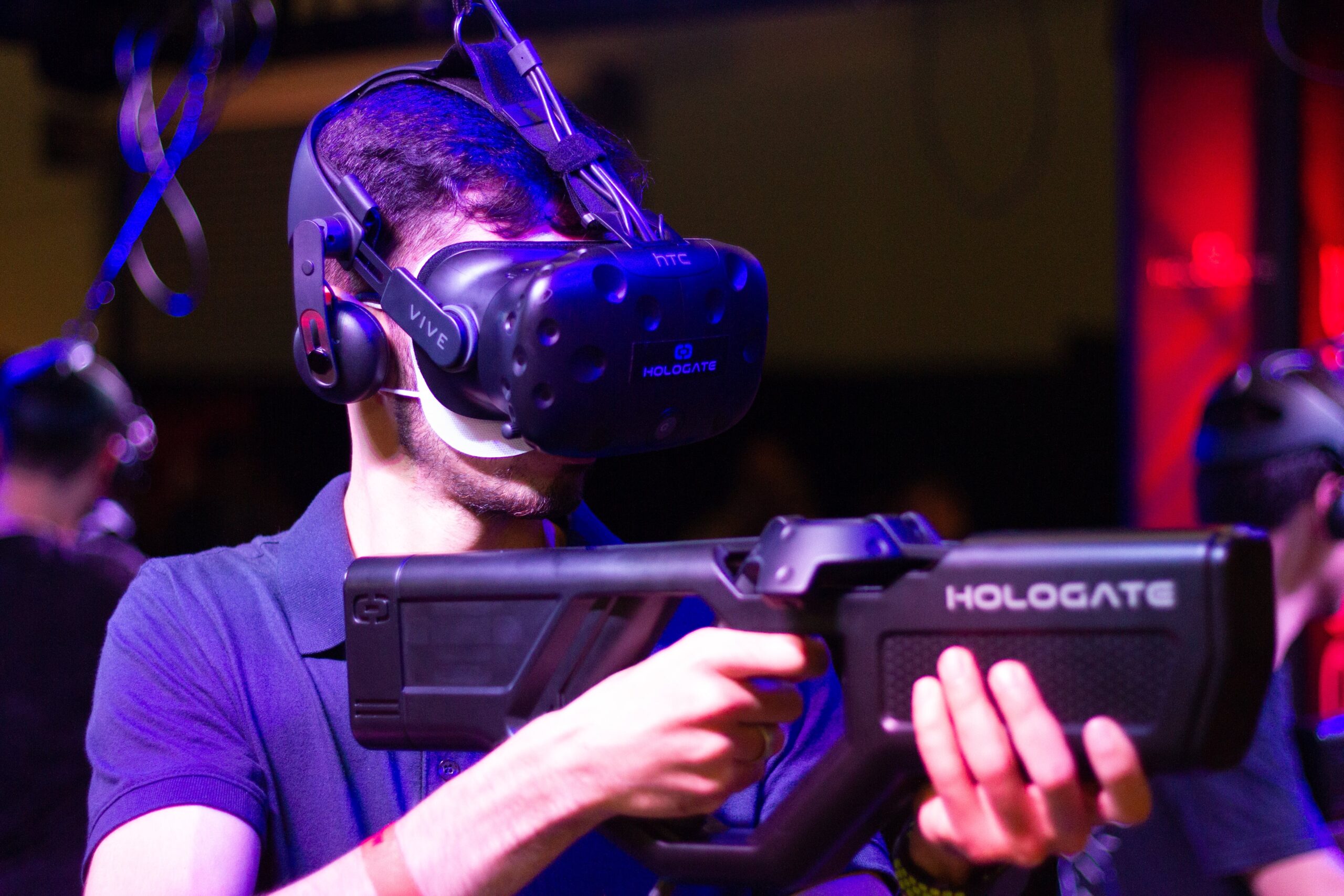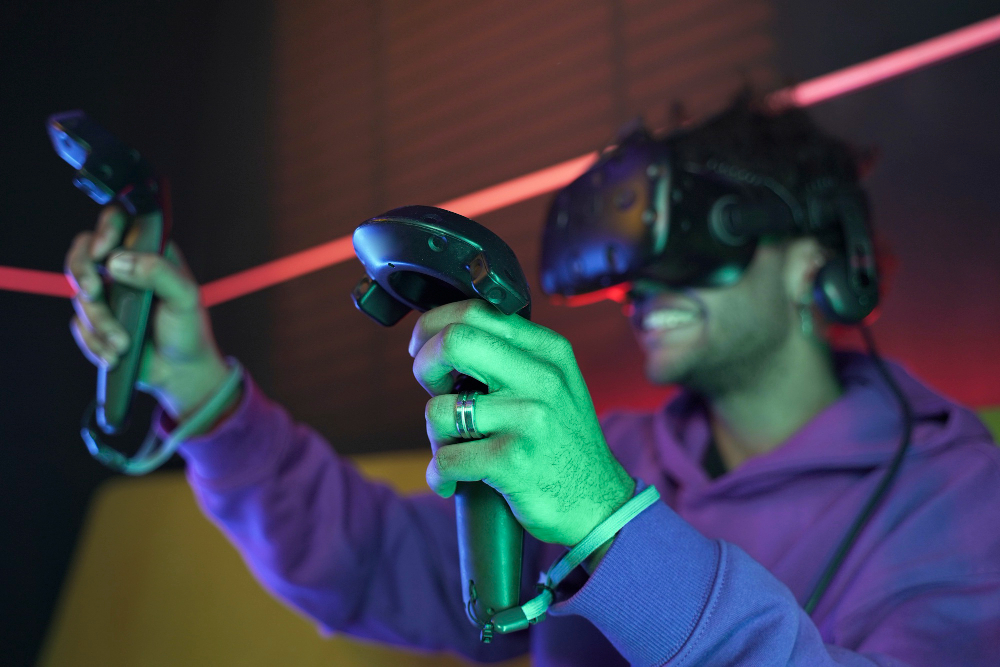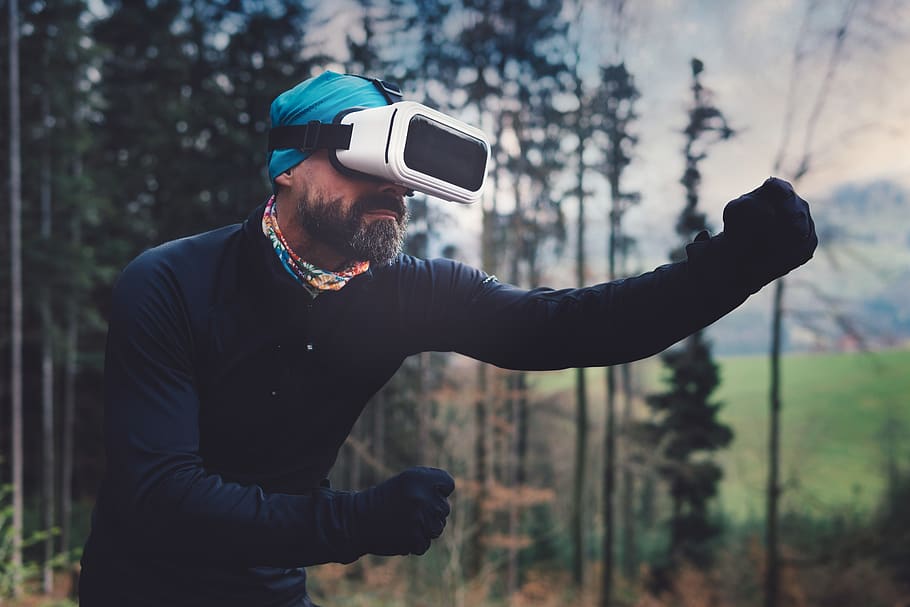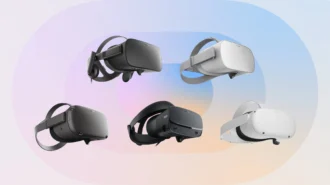Technological Innovations in Esports: From Virtual Reality to AI
- 1 Introduction to Technological Innovations in Esports
- 2 Virtual Reality (VR) in Esports
- 3 Augmented Reality (AR) Experiences
- 4 Artificial Intelligence (AI) in Gameplay
- 5 Conclusion
- 5.1 FAQs (Frequently Asked Questions) with Answers:
- 5.1.1 How does VR enhance esports experiences?
- 5.1.2 What is the role of AR in esports broadcasting?
- 5.1.3 How does AI impact gameplay in esports?
- 5.1.4 Can VR be used for esports broadcasting?
- 5.1.5 What are some examples of AI in esports?
- 5.1.6 How does AR enhance the in-person spectator experience?
- 5.2 What are the benefits of personalized gaming experiences through AI?
In short:
- VR & AR Immersion: Virtual Reality (VR) and Augmented Reality (AR) technologies are revolutionizing the esports landscape by providing unparalleled immersion for players and spectators alike.
- AI Integration: Artificial Intelligence (AI) is augmenting gameplay by introducing advanced algorithms and personalization, enhancing the competitive experience and shaping the future of esports broadcasting.
- Future Outlook: The convergence of VR, AR, and AI is reshaping the esports industry, promising an exhilarating future where technology blurs the lines between reality and virtual gaming realms.
In the ever-evolving landscape of esports, technological advancements are pivotal in enhancing the overall gaming experience for players and spectators. The esports industry is transforming from the significant impact of esports betting on the market and immersive realms of Virtual Reality (VR) to the strategic integration of Artificial Intelligence (AI).
This article delves into the forefront of these technological innovations, exploring how VR, Augmented Reality (AR), and AI are shaping the future of esports.
Introduction to Technological Innovations in Esports
Once a niche subculture, Esports has blossomed into a global phenomenon, captivating millions of enthusiasts worldwide. As the esports ecosystem expands, technology stands at the forefront, pushing the boundaries of what is possible in competitive gaming. The marriage of cutting-edge hardware and software has created a new era where players can immerse themselves in alternate realities, transcending traditional gaming experiences.
Virtual Reality (VR) in Esports
Virtual Reality has emerged as a game-changer in the esports realm, offering an unparalleled level of immersion for both players and viewers. VR headsets transport players into the heart of the gaming universe, allowing them to experience the adrenaline rush as if they were physically present in the game.
One notable example of VR integration in esports is the VR League, which hosts competitive tournaments across various VR titles. Games like “Echo VR” and “Beat Saber” showcase the potential of VR in esports, providing an immersive experience that goes beyond the conventional boundaries of gaming.
Spectator Experience: VR in Esports Broadcasting
VR is not limited to player experiences; it has also revolutionized how esports events are broadcast. Platforms like Oculus Venues enable fans to attend virtual esports events as if they were present in a physical arena. This breaks geographical barriers and enhances esports enthusiasts’ overall engagement and excitement.
Expanding further on the spectator experience, VR has opened new avenues for fan interaction. Virtual meet-and-greets with players, exclusive behind-the-scenes access, and the ability to virtually step onto the esports stage are commonplace. This level of engagement adds a personal connection between fans and their favourite esports events, fostering a sense of community beyond traditional viewing experiences.
Additionally, initiatives like the “VR Challenger League” by Intel and Oculus have brought VR esports to the mainstream, providing a platform for competitive players to showcase their skills and pushing the boundaries of what is possible in the virtual realm.
Augmented Reality (AR) Experiences
Augmented Reality introduces an innovative layer to the esports experience by overlaying digital content onto the real world. AR enhances the viewing experience by providing real-time information, statistics, and interactive elements during live broadcasts.
An exemplary use of AR in esports is witnessed in games like “Pokémon GO” and “Ingress,” where players engage with a hybrid of virtual and physical environments. While these examples may not be traditional esports, they highlight the potential of AR to create engaging and interactive experiences, hinting at future possibilities in the competitive gaming landscape.
Moreover, AR is making its mark in live esports events, with stadiums implementing AR overlays on large screens, allowing audiences in the arena to see real-time player statistics, replays, and dynamic animations directly within the physical space.
Companies like XRApplied are developing AR applications that enhance the in-person spectator experience by providing real-time player stats, heat maps, and interactive features, making the live viewing experience more engaging and informative.
Artificial Intelligence (AI) in Gameplay
Artificial Intelligence has become a cornerstone in esports, elevating gameplay by introducing advanced algorithms and machine learning. AI is not meant to replace human players but to augment their abilities, providing new layers of strategic depth and unpredictability.
Games like “OpenAI Five” showcase the prowess of AI in competitive settings. OpenAI’s AI-powered team demonstrated remarkable skills in the complex game of Dota 2, highlighting the potential for AI to enhance team-based esports.
Personalized Gaming Experience
AI is not only influencing gameplay but also contributing to personalized gaming experiences. Gaming platforms can analyze player behaviours and preferences through machine learning algorithms to tailor in-game content, challenges, and rewards. This level of personalization adds a new dimension to esports, creating a more engaging and satisfying experience for individual players.
Moreover, AI-driven virtual assistants, like IBM’s Watson in the “Call of Duty League,” are being employed to provide real-time insights during matches, offering valuable information on strategies, player tendencies, and potential outcomes.
Furthermore, Riot Games, the developer of “League of Legends,” is exploring AI-driven camera systems that autonomously capture in-game highlights, enhancing the overall viewing experience for esports audiences.
Conclusion
As we journey deeper into the realm of esports, technological innovations continue to redefine the landscape. Virtual Reality transports players and spectators into immersive worlds, Augmented Reality overlays digital information onto the natural environment, and Artificial Intelligence enhances strategic depth and personalization in gameplay. These technologies’ synergy shapes the future of esports and pushes the boundaries of what is conceivable in the world of competitive gaming. As we stand on the precipice of a new era, the marriage of technology and esports promises an exhilarating future where the lines between reality and the virtual realm continue to blur.
FAQs (Frequently Asked Questions) with Answers:
How does VR enhance esports experiences?
VR immerses players in virtual worlds, providing unparalleled immersion and realism.
What is the role of AR in esports broadcasting?
AR overlays digital content onto the real world, enhancing live broadcasts with real-time information and interactive elements.
How does AI impact gameplay in esports?
AI introduces advanced algorithms and machine learning to augment player abilities, adding strategic depth and unpredictability.
Can VR be used for esports broadcasting?
Yes, platforms like Oculus Venues enable spectators to attend virtual esports events, enhancing engagement and excitement.
What are some examples of AI in esports?
Games like “OpenAI Five” demonstrate AI’s capabilities in team-based esports, while AI-driven assistants provide real-time insights during matches.
How does AR enhance the in-person spectator experience?
AR overlays real-time player stats, heat maps, and interactive stadium features, making live viewing more engaging and informative.
What are the benefits of personalized gaming experiences through AI?
AI analyzes player behaviours to tailor in-game content, challenges, and rewards, creating a more satisfying experience for individual players.
Are there any VR esports tournaments?
The VR League hosts competitive tournaments across various VR titles like “Echo VR” and “Beat Saber.”
How is AI used in esports broadcasting?
AI-driven camera systems autonomously capture in-game highlights, enhancing the viewing experience for esports audiences.
What is the future outlook for integrating VR, AR, and AI in esports?
The convergence of these technologies promises an exhilarating future where the boundaries between reality and the virtual realm continue to blur, shaping the esports industry in unprecedented ways.



















